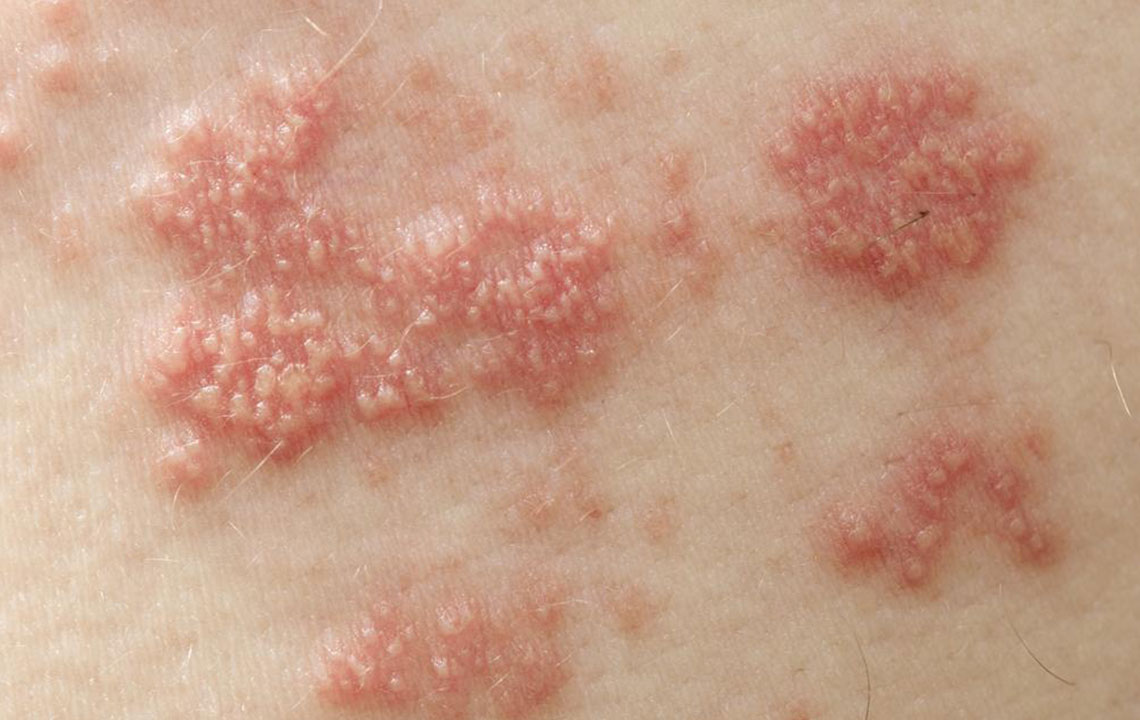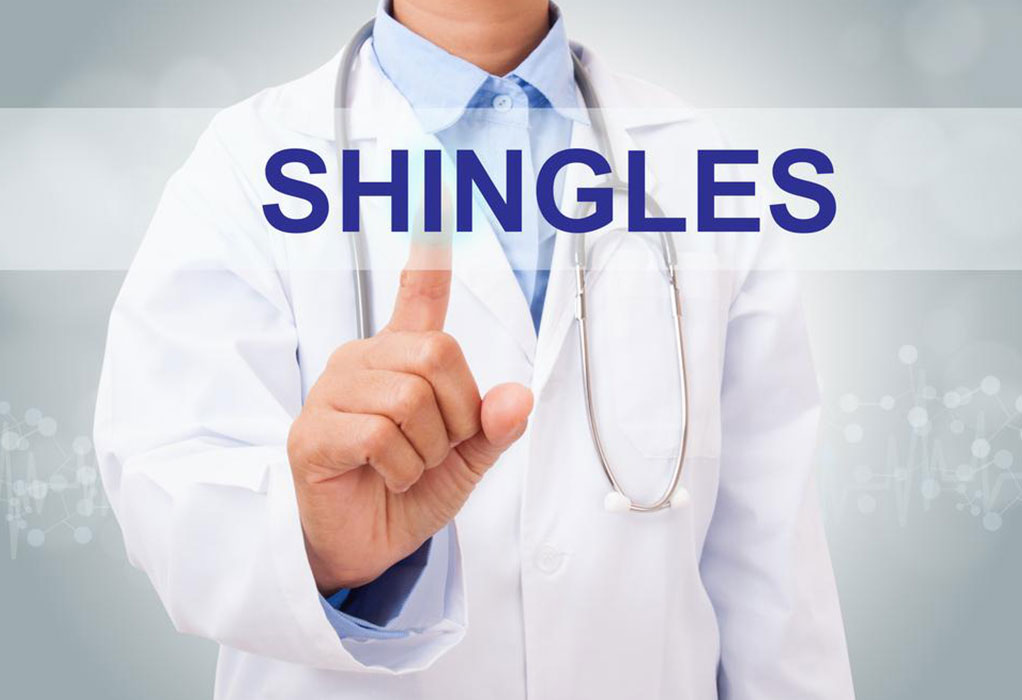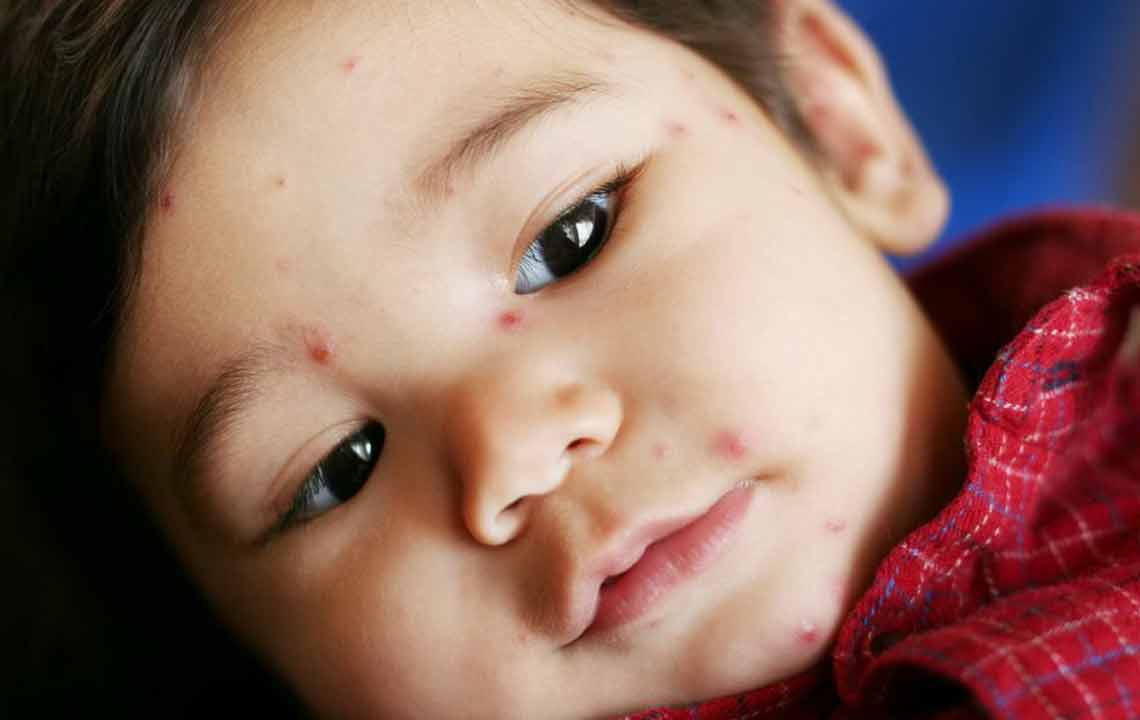Effective Strategies and Remedies for Managing Shingles
This article covers effective treatments and natural remedies for managing shingles, emphasizing early medical intervention with antivirals, pain relievers, and supportive home care. It highlights the importance of timely treatment to reduce complications like postherpetic neuralgia and associated risks such as eye or nerve involvement. Additionally, natural methods like soothing baths and dietary support can alleviate symptoms and boost immunity, offering a comprehensive approach to shingles management.

Effective Strategies and Remedies for Managing Shingles
Shingles is a painful skin condition caused by the reactivation of the Varicella Zoster virus, manifesting as a band or strip of rash typically on the face or body. Also known as herpes zoster, it primarily affects older adults or those with weakened immune systems due to stress or injury.
Understanding the causes helps in management. After chickenpox recovery, the virus remains dormant in nerve cells. Factors like immune decline can reactivate it, leading to shingles. Although the exact cause remains unclear, reactivation results in the characteristic rash. The virus can potentially spread to those who haven't had chickenpox or vaccination, making prevention important.
Shingles arises when dormant chickenpox virus resurfaces, remaining inactive in nerve roots until triggered by immune suppression.
While there is no definitive cure for shingles, various treatments can shorten its duration and reduce complications.
Antiviral medications are primary treatments, helping to diminish pain and speed recovery if started within three days of symptom onset. Additional medications like antidepressants and topical creams may provide relief from persistent pain.
For severe cases, corticosteroids combined with antivirals may be recommended when symptoms persist or worsen.
Post herpetic neuralgia (PHN), characterized by lingering pain lasting over a month post-infection, affects approximately 15–20% of shingles patients. Over-the-counter topical anesthetics and antidepressants can effectively manage this condition.
In more complicated situations, such as disseminated zoster, antiviral and antibiotic therapies are essential to control widespread rash and prevent internal organ involvement.
Herpes zoster ophthalmicus affects the eye region, risking vision. Treatment includes antivirals, rest, and cool compresses.
Nerve involvement near the brain may lead to serious complications. Treatment depends on the affected nerves and organs, emphasizing the need for prompt medical intervention.
Additional natural therapies can help soothe symptoms:
Soaking in lukewarm baths with colloidal oatmeal or cornstarch reduces itching and irritation. Avoid hot water, which can worsen blisters.
Applying cool, moist compresses several times daily alleviates discomfort. Do not use ice, as extreme cold may intensify skin sensitivity.
A paste made from cornstarch and baking soda can relieve itching when applied to affected areas for 15 minutes, repeated as needed.
Consuming foods rich in vitamins A, B-12, C, and E, such as citrus, leafy greens, eggs, and lean meats, helps bolster immune defense and prevents the spread of shingles.










